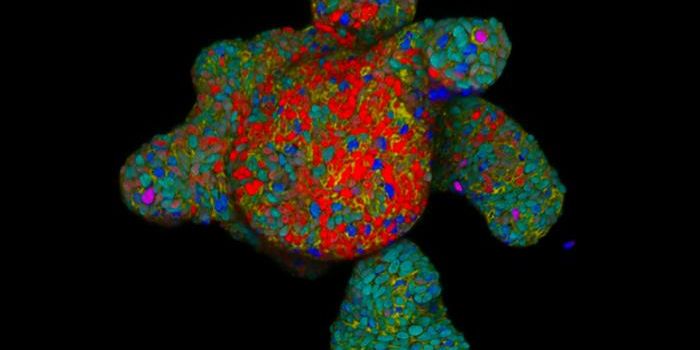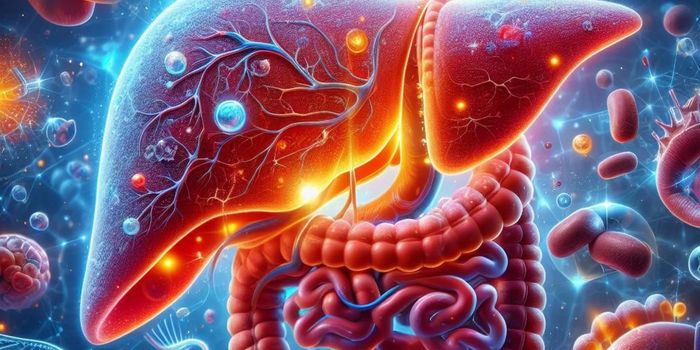A Protein Involved in Lupus Development is Discovered
Lupus is an autoimmune disorder; systemic lupus erythematosus (SLE) is the most common type. The disease triggers inflammatory attacks that cause headaches, joint pain, hair loss, and rashes, such as a butterfly-shaped rash on the face. It can also lead to complications like osteoporosis, seizures, anemia, and kidney or heart disease. While medications can help some patients, the causes of the disorder are still not well understood, and treatments are mostly focused on controlling symptoms rather than addressing the underlying problems. A new study has identified a protein that seems to promote the development of SLE. The findings have been reported in PNAS.
While the immune system has to quickly react to foreign invaders, the response has to be carefully controlled. Aberrant or excessive immune reactions can lead to a variety of problems, from anaphylaxis to autoimmune disease.
The immune systm has a variety of ways to combat infections. B cells can help generate antibodies that neutralize foreign pathogens, for example, and the B cells are aided by another type of cell called T follicular helper (TFH) cells while making antibodies. But like many aspects of the immune system, these cells must be carefully regulated. An excess of TFHs can trigger overactivity in B cells, which can lead to the production of autoantibodies that attack the body's tissues, leading to autoimmune disease.
Previous work by this research team has suggested that the ETV5 transcription factor, which is a molecule that can control gene expression, can encourage T cells to transform into TFH cells. This might cause lupus.
In this study, the investigators used a mouse model and human data to confirm that hypothesis. In a mouse model of SLE in which ETV5 was deleted, TFH cell development was reduced, along with other autoimmune symptoms like kidney problems.
ETV5 was found to boost the expression of a protein called osteopontin (OPN). This leads to the activation of a molecule known as AKT and the transformation of T into TFH cells. In human T cells, that cellular transformation was also controlled by ETV5 and OPN levels.
In SLE patients, there were also abnormally high levels of ETV5 and OPN compared to unaffected individuals. The severity of disease was shown to be generally proportional to ETV5 and OPN levels as well.
"We have identified a mechanism of SLE pathogenesis involving ETV5 and OPN in real-world experiments. We hope that further research will lead to the development of ETV5 inhibitors that regulate TFH cell development to help treat SLE patients," said study leader Professor Yoontae Lee of Pohang University of Science and Technology (POSTECH).
Sources: Pohang University of Science and Technology, Proceedings of the National Academy of Sciences (PNAS)









